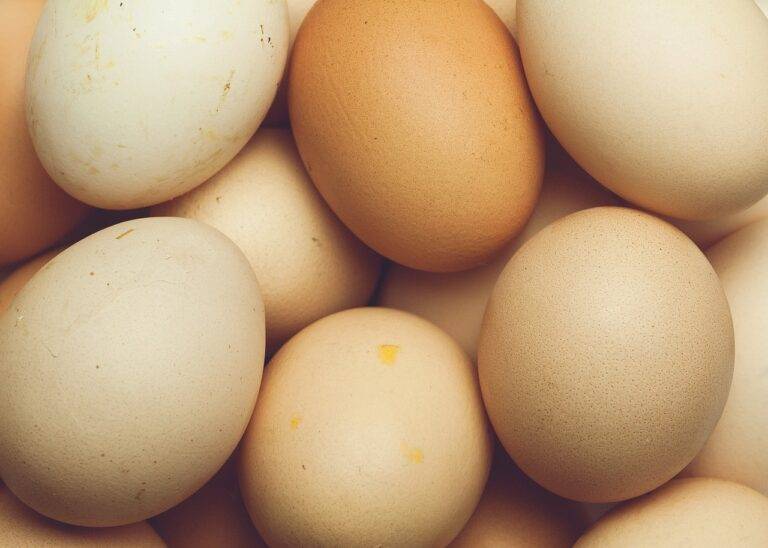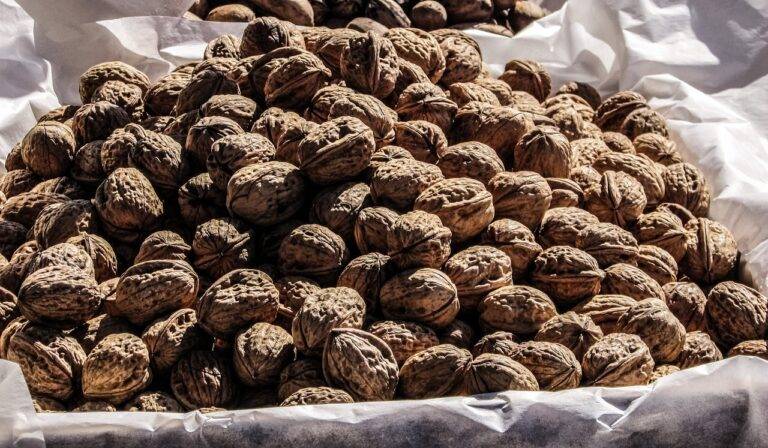The Art of Food Fermentation: A Beginner’s Guide
Food fermentation is a natural process that involves the breakdown of sugars by microorganisms like bacteria, yeast, and molds. This transformative process converts carbohydrates into acids or alcohol, leading to the preservation of food and the development of unique flavors and textures. Fermentation has been used for centuries to create a variety of foods such as yogurt, kimchi, sauerkraut, and sourdough bread.
The process of food fermentation occurs in anaerobic conditions, meaning without the presence of oxygen. During fermentation, microorganisms produce enzymes that break down the complex molecules in food into smaller, more easily digestible compounds. This not only enhances the nutritional value of the food but also increases its shelf life. Additionally, fermentation can also help in the production of beneficial bacteria known as probiotics, which promote gut health and overall well-being.
• Food fermentation is a natural process involving microorganisms like bacteria, yeast, and molds
• Converts carbohydrates into acids or alcohol for preservation and unique flavors
• Used for centuries to create foods like yogurt, kimchi, sauerkraut, and sourdough bread
• Occurs in anaerobic conditions without oxygen
• Microorganisms produce enzymes that break down complex molecules into smaller compounds
• Enhances nutritional value and shelf life of food
• Production of beneficial probiotics promotes gut health and overall well-being
Benefits of Food Fermentation
Food fermentation offers a myriad of benefits that go beyond just preservation. One of the key advantages is the enhancement of nutritional value in foods through the production of beneficial enzymes, vitamins, and probiotics. These microorganisms created during fermentation aid in gut health and digestion, leading to improved overall well-being.
Moreover, fermentation can also help in breaking down anti-nutrients and making certain foods more easily digestible. This process can increase the bioavailability of nutrients in foods, such as iron and calcium, making them easier for the body to absorb and utilize efficiently. Additionally, fermented foods often have a unique and rich flavor profile, adding depth and complexity to dishes that traditional cooking methods may not achieve.
History of Food Fermentation
Fermentation, the process of converting sugars into alcohol or organic acids using microorganisms such as bacteria or yeast, has been utilized by humans for thousands of years. It is believed that food fermentation dates back to ancient times when our ancestors discovered that storing food in containers could prolong its shelf life. This unintentional discovery led to the development of various fermented foods that are still popular today.
Throughout history, different cultures have embraced food fermentation as a way to not only preserve food but also enhance its flavor and nutritional value. In many societies, fermented foods have held cultural significance and were often reserved for special occasions or ceremonies. The art of food fermentation has evolved over centuries, with techniques and recipes being passed down from generation to generation, resulting in a diverse array of fermented foods enjoyed worldwide.
What is food fermentation?
Food fermentation is a process where natural bacteria, yeast, or other microorganisms break down sugars and starches in food to produce alcohol, acids, or gases. This process not only preserves food but also enhances its flavor and nutritional value.
What are the benefits of food fermentation?
Food fermentation can increase the shelf life of food, improve digestion, enhance the bioavailability of nutrients, and add probiotics to our diet. It also adds unique flavors and textures to the food, making it more interesting and palatable.
What is the history of food fermentation?
Food fermentation has been practiced for thousands of years by various cultures around the world. Some of the earliest known fermented foods include beer, wine, bread, cheese, yogurt, sauerkraut, and kimchi. These traditional fermentation techniques have been passed down through generations and continue to be popular today.







